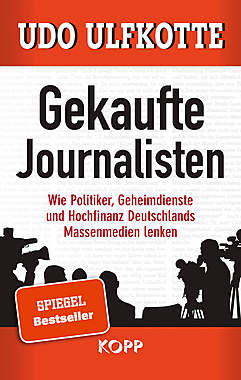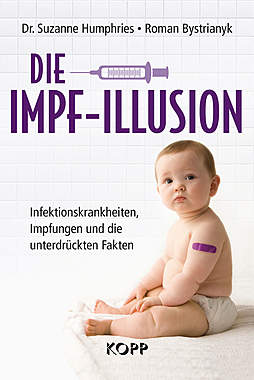- MANUFACTURING HITS BOTTOM - leibovitz, 19.02.2002, 13:22
- Re: MANUFACTURING HITS BOTTOM / Soso..... - JüKü, 19.02.2002, 13:33
MANUFACTURING HITS BOTTOM
Manufacturing Hits Bottom
Industrial production slipped 0.1% in January, slightly below expectations of unchanged (E0205). It was the 15th decline in the last 16 months, the longest string of declines since production fell for 16 out of 17 months between August 1981 and December 1982. Additionally, December's production was downwardly revised to -0.3% from -0.1%. January's decline in industrial production was due largely to decreases in mining and utilities production (E0205). Mining production fell 0.5%, and utilities production dropped 0.7% as a result of unseasonably warm weather. Manufacturing production was unchanged, helped by a rebound in steel production. A 0.1% rise in durable goods production offset a 0.2% decline in that of nondurables. Production of motor vehicles and parts fell 1.2%, as the light vehicle assembly rate declined to 11.94 million units from 12.11 million. But there were signs of recovery in business equipment, which rose 0.4%, its first increase since August 2000 (E203). Technology also saw hopeful signs, rising 0.6% (E0208), led by a 1.5% gain in semiconductors and a 1.1% increase in computers and office equipment. Also, the six-month diffusion index rose to 36.6% from 30.1% (E0204). On a y/y basis, industrial production appears to have bottomed (B620), and based on the ISM Indexes, should begin to recover by the end of Q1 (E0860, E0861).
Capacity utilization fell to 74.2% in January from an unrevised 74.4%, the lowest since April 1983 (E232). Expectations were for 74.3%. Utilities capacity fell to 82.6% from 83.4% the previous month. High-tech capacity utilization was unchanged at 60.2% (E0230).
We believe manufacturing production bottomed in January. -- KH
Consumer Sentiment Slips
The Consumer Sentiment Index slipped to 90.9 in mid-February from 93.0 in January (E0132). Analysts thought the index would be unchanged. The slide was due to the Expectations component, which fell 4.5 points to 86.8 (E0136). Current Conditions, however, rose 1.5 points to 97.2. Although mildly disappointing, we can't expect sentiment to improve in a straight line. The decline is completely in the realm of normal volatility.
Producer Prices No Problem
The PPI rose 0.1% in January, below expectations of 0.2%, but December was revised to -0.6% from -0.7%, so the overall number was in line with the consensus (E0713). October and November were also revised slightly higher. The core rate fell 0.1%, below expectations of 0.1%, but December was revised up to unchanged from -0.1% (E0710). Core prices were helped by a 1.7% drop in tobacco prices and a 0.6% decline in light truck prices. Computer prices, however, rose 1.5% and auto prices rose 0.7%. The capital equipment index fell 0.1%. The y/y change of the overall PPI fell to -2.6%, the lowest since February 1950! (B0710). The y/y change of core prices fell to 0.3%, the lowest in nearly four years (B0711). The y/y change of capital equipment prices, an alternative measure of core pressures, fell to -0.3% (E0711). Clearly, producer inflation is not a problem at this time, which should allow the Fed more time before it embarks on a rate tightening cycle.
Pipeline pressures were not an issue.
The PPI for Intermediate Goods fell 0.1% while the core was unchanged. The PPI for Crude Goods rose 3.7%, while the core fell 0.5%. The y/y change of the PPI Intermediate fell to -4.6%, the lowest since April 1963, while the y/y change of the PPI Crude fell to a record low -40.4% (E0712).
<ul> ~ quelle</ul>
<center>
<HR>
</center>
gesamter Thread:
 Mix-Ansicht
Mix-Ansicht

